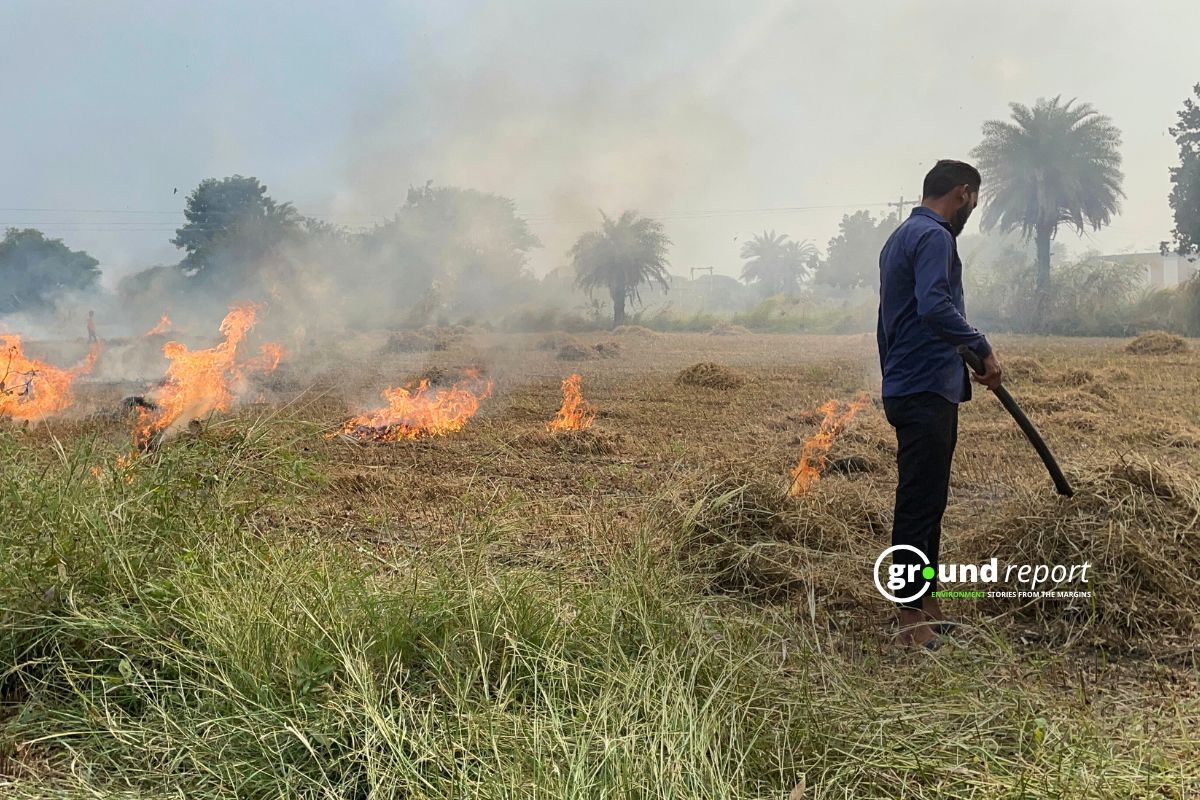A powerful solar storm may let people across the northern United States see the northern lights this week. The glowing skies, known as auroras, are usually seen in places like Alaska and Canada. But this time, they could stretch much farther south.
The National Weather Service’s Space Weather Prediction Center says a severe geomagnetic storm reached Earth on Wednesday. This storm came from several coronal mass ejections—large clouds of charged gas that burst from the sun on Sunday. These hit Earth earlier than expected and made the auroras more likely to appear in the U.S.
Where to watch
You may see the northern lights in these U.S. states:
-
Washington
-
Oregon
-
Idaho
-
Montana
-
North Dakota
-
South Dakota
-
Minnesota
-
Iowa
-
Wisconsin
-
Michigan
-
New York
-
Vermont
-
New Hampshire
-
Maine
Your chances are better the farther north you are.
How to watch
-
Go outside after dark, ideally between 10 p.m. and 2 a.m.
-
Find a spot away from city lights or street lamps.
-
Look toward the northern horizon.
-
Use a camera or smartphone—auroras can appear clearer on screen.
-
Check cloud cover before heading out; clear skies give you a better view.
-
Use NOAA’s aurora dashboard or 30-minute forecast to track activity in real time.
Even if you don’t see them right away, give your eyes time to adjust to the dark.
The storm was upgraded to level 4 out of 5, which is considered severe. These storms can affect more than just the sky. They may cause minor disruptions to GPS, radio signals, satellites, and even power grids. But the most visible effect will be the glowing lights in the sky.
Auroras happen when charged particles from the sun hit Earth’s magnetic field. These particles then collide with gases in the upper atmosphere, like oxygen and nitrogen. The collisions produce light, often in green, red, and purple colors. These lights are pulled toward the North and South Poles, which is why auroras usually happen in polar regions.
Because the storm is so strong, these lights are being pushed farther from the poles. That means people in many northern U.S. states might be able to see them. Some people even caught a glimpse on Tuesday night. If the skies are clear, the lights may show again on Wednesday and Thursday nights.
To have the best chance of seeing them, go to a dark area away from city lights. Look toward the northern horizon. The best time is usually an hour or two around midnight. Cloudy weather could block the view, so keep an eye on the local forecast.
The NOAA also has a 30-minute aurora forecast online. This can help you track where the auroras might show up. If you’re lucky, you might even see them with your phone’s camera even if your eyes can’t detect them well.
This storm is part of a larger trend. The sun is near the peak of its 11-year cycle, known as the solar maximum. During this time, more sunspots and solar flares happen. That leads to more coronal mass ejections and more chances for auroras.
Last year, a similar storm lit up skies in places where auroras are rare. A future storm could do the same. So if you miss the show this week, more chances may come soon.
Support us to keep independent environmental journalism alive in India.
Keep Reading
‘Forever Chemicals’ found in all the world’s toilet paper
Trump shuts down staff helping families pay heating bills
Full list of words banned by Trump, including ‘Climate Change’
Oil companies seek Trump’s help to fight climate lawsuits & regulations
Follow Ground Report on X, Instagram and Facebook for environmental and underreported stories from the margins. Give us feedback on our email id greport2018@gmail.com.
Don’t forget to Subscribe to our weekly newsletter, Join our community on WhatsApp, and Follow our YouTube Channel









